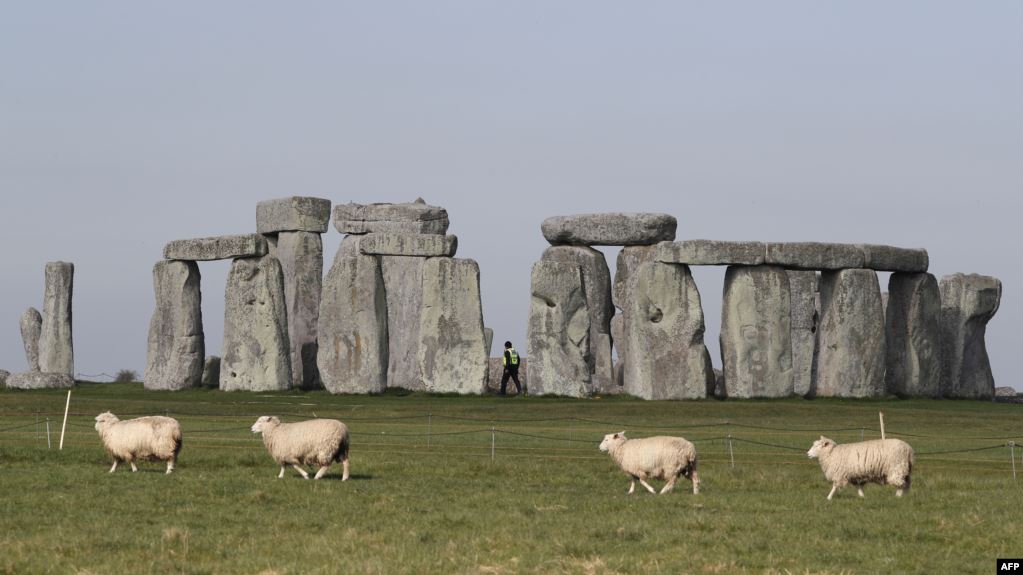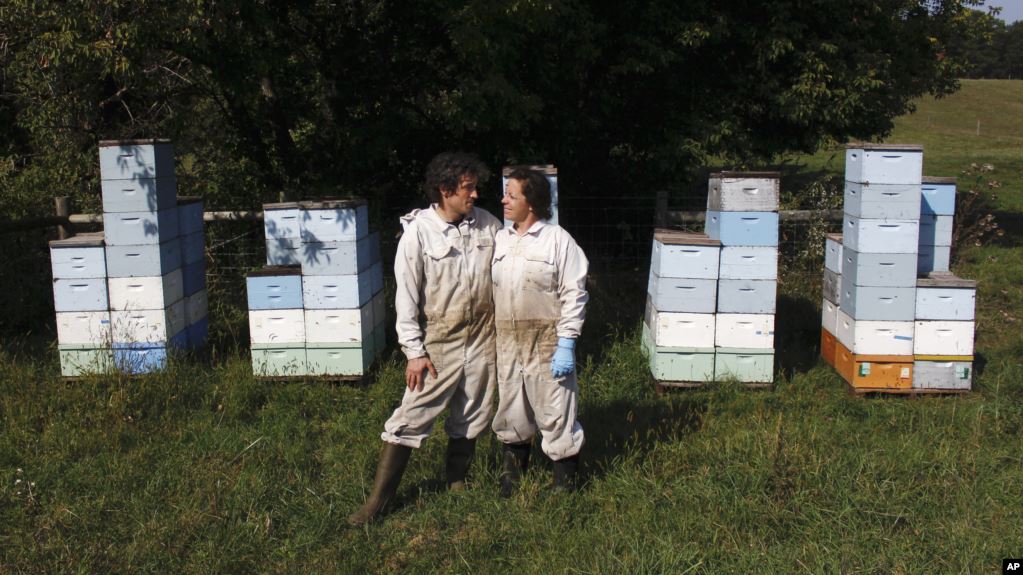


British scientists say they have solved a mystery involving Stonehenge, the world-famous stone monument in Wiltshire, England.
The scientists reported this week that they have identified where many of Stonehenge’s large stones, called megaliths, came from. Thousands of years ago, people used such stones to build markers, monuments and other structures.
The researchers said part of one megalith helped solve the mystery. The small piece of stone had been kept in the United States for over 40 years.
Chemical testing suggests that most of Stonehenge’s megaliths, known as sarsens, came from an area called West Woods. It is about 25 kilometers away from the ancient monument, the researchers said on Wednesday.
People set up the sarsens at Stonehenge over 4,000 years ago. The largest sarsen is 9.1 meters tall. The heaviest weighs about 30 tons.
David Nash of the University of Brighton led the study, which was published in the journal Science Advances.
Nash said that researchers still do not know how people moved the stones to Stonehenge. “Given the size of the stones, they must have either been dragged or moved on rollers,” he said. Nash added, “We don’t know the exact route but at least we now have a starting point and an endpoint.”
Stonehenge also has smaller stones, called bluestones. Experts believe these stones came from Pembrokeshire in Wales, around 250 kilometers away.
A sarsen core sample, taken during repair work in the late 1950s, gave important information about Stonehenge’s origins. The core sample was given to a man named Robert Phillips. Phillips worked for the company that was repairing the monument.
Phillips took the sample with permission when he moved to the United States in 1977, Nash said. Phillips returned it to Britain for research in 2018. He died this year.
The researchers studied very small pieces of the sample to find where it came from. It was similar to sandstone found at West Woods and all but two of the Stonehenge sarsens.
Nash said he hopes the finding will help people better understand the hard work that went into building Stonehenge.
I’m John Russell.
برای اطلاع از برنامههای اربیتاس در خبرنامه ما عضو شوید
ما وبسایت کوچینگ ، مشاوره و راهبری زبان انگلیسی و زبان های خارجی هستیم ، هزاران راه و روش برای یادگیری زبان وجود دارد که گاهی ما را گیج و سرخورده میکند ، اربیتاس یار همراه شماست تا با برنامه ریزی و راهنمایی اهداف و نیازهای متناسب شرایط شما را شناسایی کند و شما را به هدف مورد نظرتان برساند
025-37788819
09302115278
09360617463